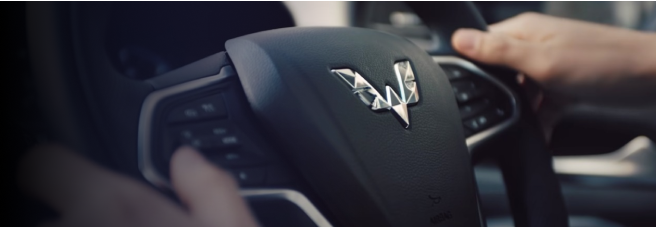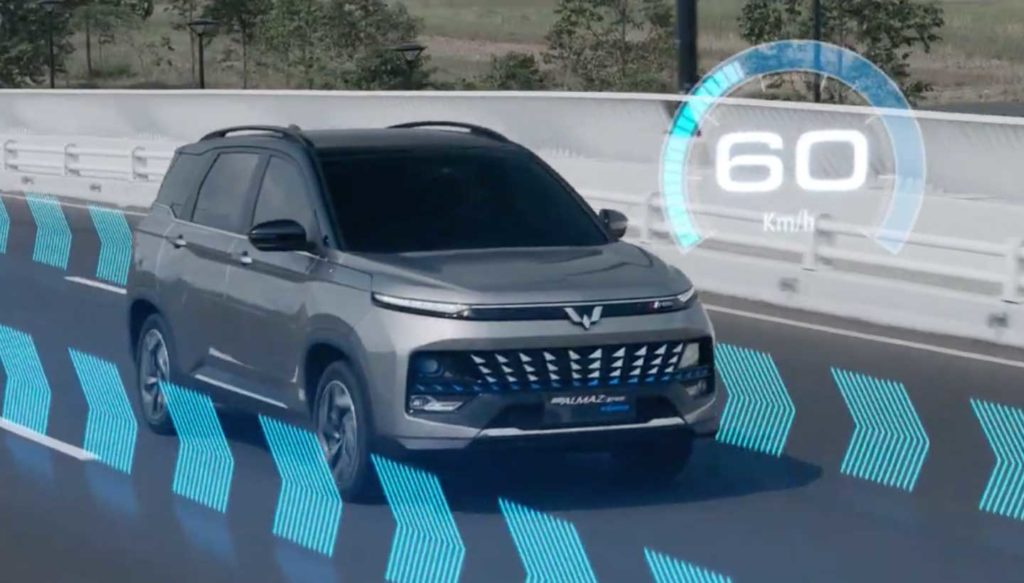Ethics How to Change Lanes Correctly When Driving on The Road

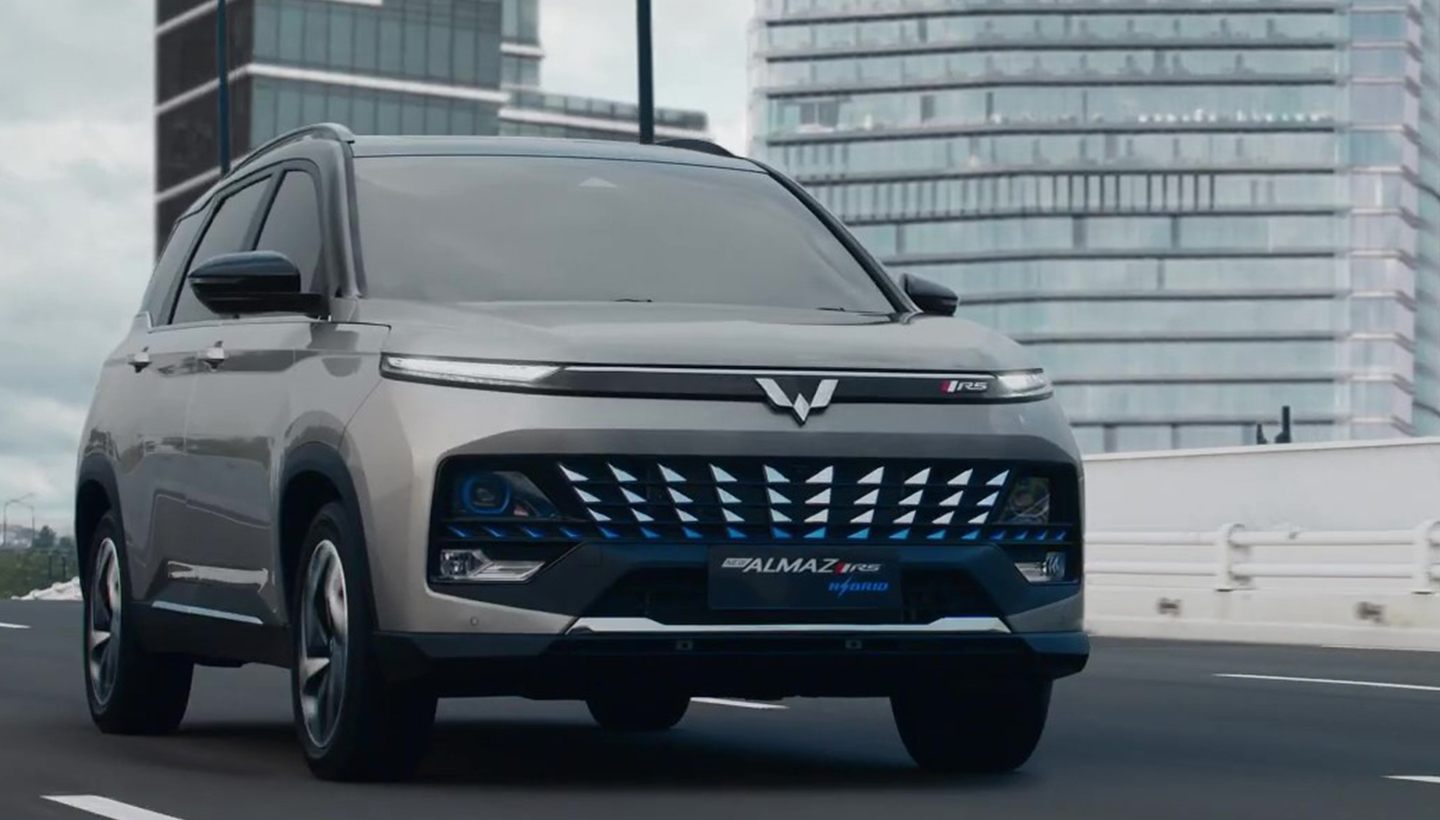
Driving on the road requires more than just skill behind the wheel; one crucial aspect is lane-changing etiquette. Practicing proper driving etiquette is essential to ensure safety and comfort for both yourself and other road users.
Changing lanes is a common maneuver, often employed when overtaking vehicles or preparing to make a turn. However, it is crucial to approach lane changes with care, as improper execution can lead to accidents, posing significant risks to oneself and others.
In the unfortunate event of an accident, the aftermath involves not only potential material damage but also emotional and moral repercussions. Therefore, it is imperative for drivers to be well-versed in the etiquette of lane changing to avert undesirable incidents.
Understanding the etiquette of changing lanes is crucial for every driver to navigate the roads safely and responsibly. Here are some key insights to enhance your driving awareness:
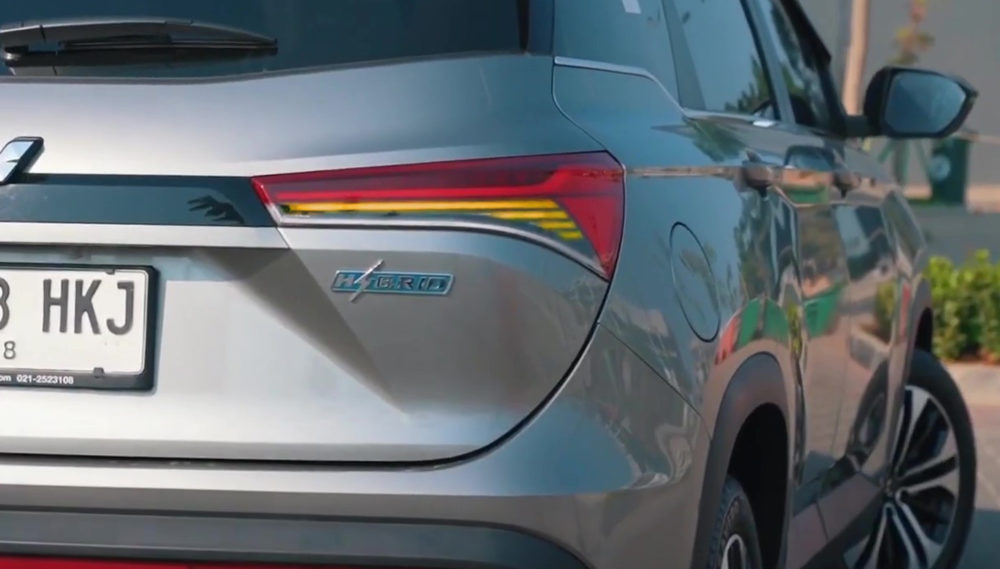
Proper Procedure for Changing Lanes
The proper procedure for changing lanes is clearly articulated in the legal framework, specifically within the provisions of Law Number 22 of 2009 concerning Traffic and Road Transportation (UU LLAJ).
Baca Juga
Article 112, paragraph (1) of UU LLAJ outlines the essential steps for drivers intending to make a turn or execute a U-turn. It mandates that drivers must observe the traffic situation in front, beside, and behind their vehicle, in addition to signaling their intentions using turn signals or hand signals.
Furthermore, paragraph (2) of the same law emphasizes the protocol for drivers planning to change lanes or move sideways. In this scenario, drivers are required to attentively assess the traffic conditions in front, beside, and behind their vehicle, while also providing appropriate signals to indicate their intended maneuver.
In accordance with the LLAJ Law, drivers who neglect to turn on the turn signal can be fined IDR 250,000 or imprisoned for one month. Pay attention to these two things when you want to change lanes:
1. Observing Surroundings
Prior to changing lanes, it is crucial to attentively observe the surrounding conditions. Hidden vehicles may pose a risk, and there could be fast-moving vehicles from both the rear and front. It is better to give away to prevent potential accident.
2. Waiting with Patience
Lane changes often attract high-speed maneuvers from other drivers. Patience is key during these moments. Waiting patiently before making a move not only ensures your safety but also contributes to a smoother flow of traffic.
3. Signaling in Advance
One must not overlook the necessity of signaling before changing lanes. Ideally, drivers should activate their turn signals at least 30 meters before making a lane change. This serves as a clear indication of the intended direction—whether left or right—and enhances overall road communication.
Baca Juga
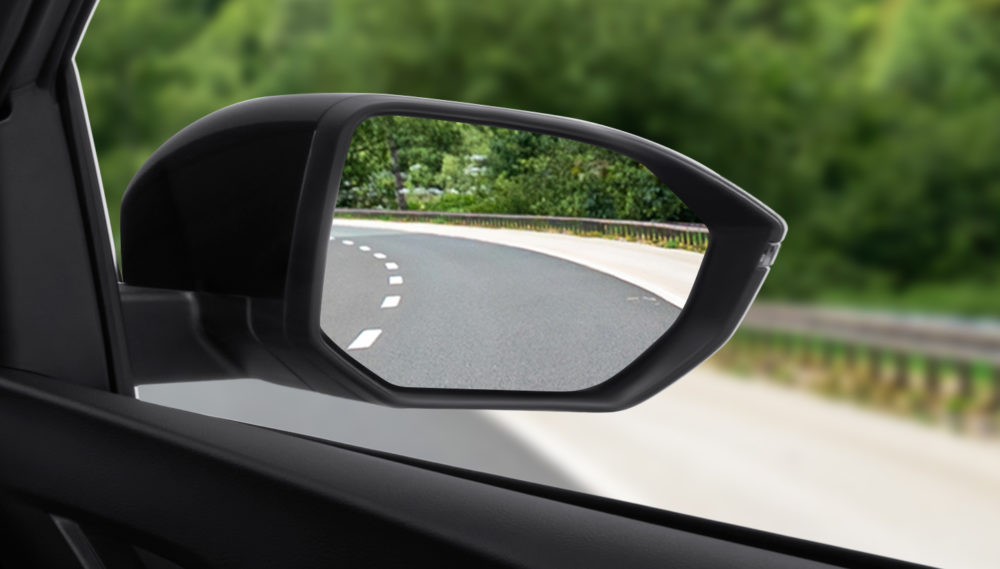
What You Must Do When Changing Lanes?
When driving, changing lanes should not be done simply by using the rearview mirror. This is because the rearview mirror has quite limited coverage, and every vehicle definitely has a blind spot, which allows other vehicles to be around but not visible.
Therefore, the driver must give a signal by turning on the turn signal in the direction of the lane change so that other drivers or those behind you know that the vehicle is about to change lanes.
After giving a signal at a distance of approximately 30 meters, you can pay attention to the surrounding conditions using the rearview mirror. If you feel it is quiet and safe, you can immediately sound the horn and start changing lanes.
Until now, there have been new cars that can provide comfort and safety while driving with advanced features. One of them is the Wuling New Almaz RS Pro Hybrid, which has a Safe Distance Warning (SDW) feature for warning if you are too close to another vehicle and Intelligent Hydraulic Braking Assistance (IHBA) for an automatic braking system to avoid violent collisions.
Rules for Turning Light at Red Lights
There are written rules regarding the correct right turn at a red light. As in Law Number 22 of 2009 concerning Road Traffic and Transportation (UU LLAJ):
In article 112 paragraph (1), it is explained that "the driver of a vehicle that is about to turn or reverse direction is obliged to observe the traffic situation in front of, beside, and behind the vehicle and give signals with direction lights or hand signals."
Apart from that, if this condition occurs at a red light, of course the driver must take a position in the right lane to make it easier when he wants to turn and wait for the traffic light to change to green.
What’s The Difference Between Lane and Tracks?
Not everyone understands the difference between lane and lane. Even though the two have very different meanings on the road. It is easy to understand lanes and lanes, in fact they are interrelated on the road. On a highway, a lane is part of a large main road. Within this path there are sections called lanes. Every road generally has two lanes, namely one lane going in a certain direction and the other going in the opposite direction.
Meanwhile, this lane is usually found on large highways, even toll roads. So one lane will have many lanes that can be slow lanes, up to overtaking lanes like those found on toll roads.
This is an explanation of how to change lanes properly and correctly for drivers in various road conditions. Don’t forget to always prioritize safety and ethics when driving safely!
SHARE:











